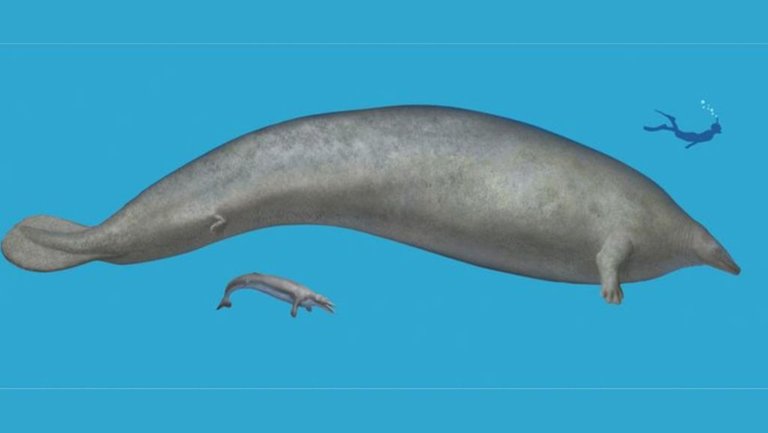The heaviest creature on the planet
The heaviest creature on the planet

Souce
The Peruvian ancestor of the blue whale could be the heaviest animal in history, imagine an animal so big that it makes that blue whale, the supposedly largest creature that has ever existed on our planet, look like a small calf.
Using the skeleton of the animals, a progression was made to find out what the body mass could be, in all cases, this animal came out heavier than any of the estimates, it is a new species of Bacilosaurid, an already extinct family of terrestrial cetaceans that looked like small deer, over time they migrated to the sea to adapt to this change and to be able to save energy, these marine mammals began to fatten an evolutionary process known as gigantism.
Thank you for visiting my blog. If you like posts about #science, #planet, #politics, #rights #crypto, #traveling and discovering secrets and beauties of the #universe, feel free to Follow me as these are the topics I write about the most. Have a wonderful day and stay on this great platform :) :)
0
0
0.000
Thanks for your contribution to the STEMsocial community. Feel free to join us on discord to get to know the rest of us!
Please consider delegating to the @stemsocial account (85% of the curation rewards are returned).
You may also include @stemsocial as a beneficiary of the rewards of this post to get a stronger support.